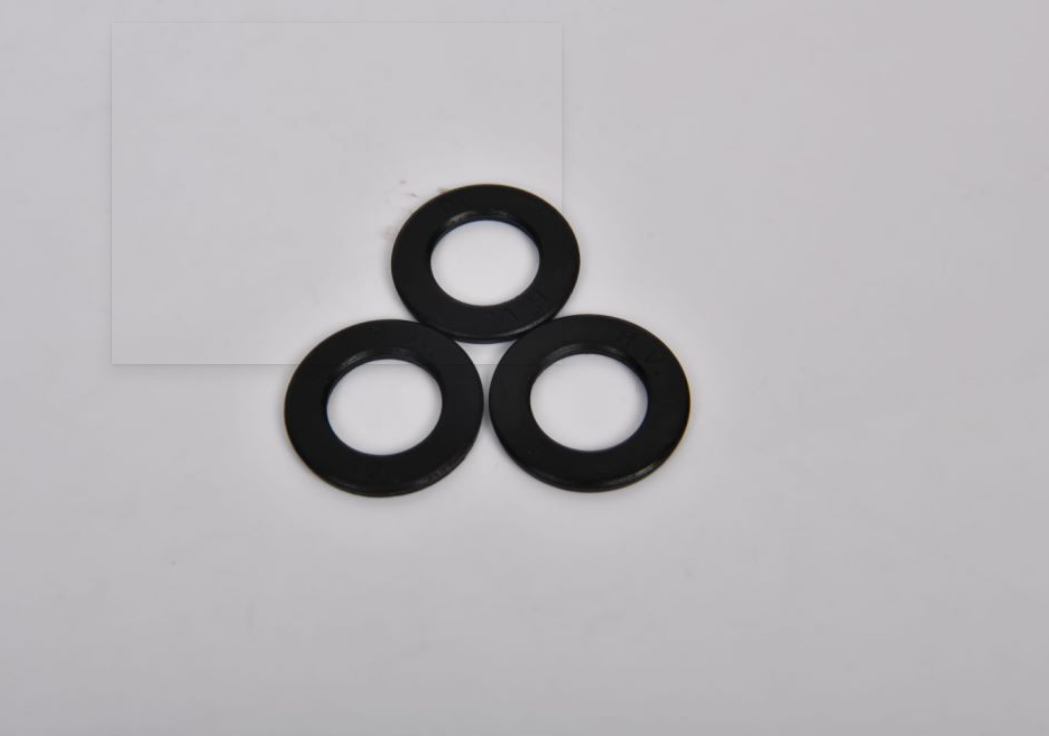Optimal Drywall Screw Spacing for High-Quality Ceiling Installations and Best Practices
High-Quality Drywall Screw Spacing for Ceilings
When it comes to ceiling construction, one of the most critical factors that contribute to a successful installation is the spacing of drywall screws. Proper screw spacing is essential not only for the structural integrity of the drywall but also for achieving a smooth and flawless finish. In this article, we will delve into why proper spacing is important, the recommended practices, and how it can impact the overall quality of your drywall installation.
Importance of Proper Screw Spacing
Correct screw spacing is vital for several reasons. First and foremost, screws provide the necessary support for drywall panels, securing them to the ceiling joists. Improper spacing can lead to sagging or bowing of the drywall, which may not only mar the appearance of the ceiling but can also create stress points that lead to cracks over time. Moreover, insufficient screws can result in the drywall not being securely affixed, leading to potential detachment.
In addition, proper screw spacing ensures that the weight of the drywall is evenly distributed across the ceiling frame. This distribution is crucial, especially for larger drywall sheets, to prevent localized stresses that can cause failure. Hence, following the correct screw spacing guidelines is an investment in the longevity and durability of your ceiling.
Recommended Screw Spacing
The general industry standard for screw spacing in ceilings is typically 12 inches on center along the edges and 16 inches on center in the field (interior sections of the drywall). Edge spacing refers to the perimeter of the drywall sheet, while field spacing refers to the area between the edges.
Here’s a breakdown of the recommended spacing
1. Edges For the perimeter of the drywall panel, screws should be installed every 12 inches. This closer spacing helps secure the edges effectively, reducing the likelihood of sagging or separation.
2. Field Within the field of the panel, the spacing can be increased to every 16 inches. The additional space in the field allows for adequate support while also enabling faster installation without compromising quality.
high quality drywall screw spacing for ceiling

3. Additional Guidance In areas that are expected to experience higher stress or movement, such as near doors or windows, closer screw spacing (e.g., every 10 inches on the edges) may be advisable to provide additional support.
Installation Best Practices
While the guidelines mentioned above are crucial, the effectiveness of screw spacing also depends on other installation techniques. Here are some best practices to enhance your drywall installation
- Use Quality Screws Opt for high-quality drywall screws that are specifically designed for ceilings. These screws often have a bugle head that can help reduce tearing of the drywall paper.
- Drive Screws to the Right Depth It is essential to drive screws just below the surface of the drywall without breaking the paper. This ensures that the screw holds firmly while allowing for easy taping and finishing.
- Seam Alignment Continuous drywall sheets should be staggered when possible to minimize joints and allow for a more even look upon finishing. This practice also helps in distributing weight more evenly.
- Check for Level Before securing the drywall, ensure that the framing is level. This will help avoid unexpected sagging once the drywall is installed.
- Use a Screw Gun A drywall screw gun can help maintain consistent screw depth and torque, which is critical for applying the correct pressure without damaging the drywall.
Conclusion
Proper screw spacing in your drywall ceiling installation is an integral part of achieving a high-quality finish. With a standard of 12 inches on the edges and 16 inches in the field, you can ensure that your ceiling is both structurally sound and visually appealing. By adhering to industry guidelines and best practices, you can enhance the overall quality of your drywall work, leading to a polished aesthetic that will last for years to come. Taking the time to focus on these details will ultimately pay off in the resilience and beauty of your ceilings.
-
Top Choices for Plasterboard FixingNewsDec.26,2024
-
The Versatility of Specialty WashersNewsDec.26,2024
-
Secure Your ProjectsNewsDec.26,2024
-
Essential Screws for Chipboard Flooring ProjectsNewsDec.26,2024
-
Choosing the Right Drywall ScrewsNewsDec.26,2024
-
Black Phosphate Screws for Superior PerformanceNewsDec.26,2024
-
The Versatile Choice of Nylon Flat Washers for Your NeedsNewsDec.18,2024










